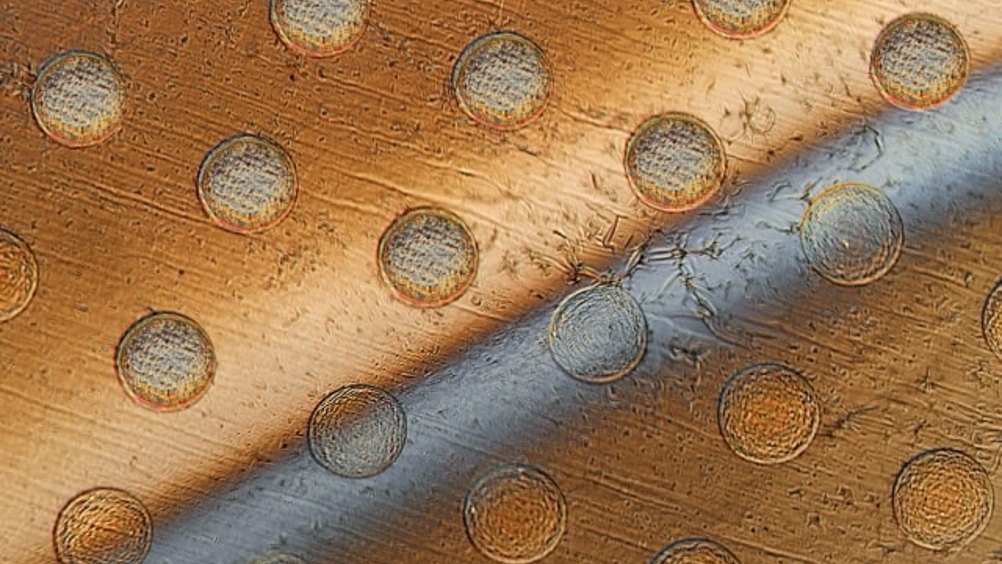MIT team fractures graphene to create cell-like robots

Researchers at MIT have developed a new technique for precisely fracturing 2D materials like graphene to create tiny cell-like robots.
Known as syncells (synthetic cells), the microscopic bots are formed by enveloping a polymer containing electronics between two layers of graphene. The MIT team found that by draping the brittle 2D graphene over the polymer, it would fracture in a uniform manner to create the round syncells. According to the researchers, it’s a brand new mass fabrication method - known as “autoperforation” - that works with any 2D material. The resulting microbots could have a range of uses, from monitoring the inside of a pipeline to detecting disease in the bloodstream.
“Imagine a tablecloth falling slowly down onto the surface of a circular table,” said MIT graduate student Albert Liu. “One can very easily visualise the developing circular strain toward the table edges, and that’s very much analogous to what happens when a flat sheet of graphene folds around these printed polymer pillars.”
Register now to continue reading
Thanks for visiting The Engineer. You’ve now reached your monthly limit of news stories. Register for free to unlock unlimited access to all of our news coverage, as well as premium content including opinion, in-depth features and special reports.
Benefits of registering
-
In-depth insights and coverage of key emerging trends
-
Unrestricted access to special reports throughout the year
-
Daily technology news delivered straight to your inbox










Water Sector Talent Exodus Could Cripple The Sector
Maybe if things are essential for the running of a country and we want to pay a fair price we should be running these utilities on a not for profit...